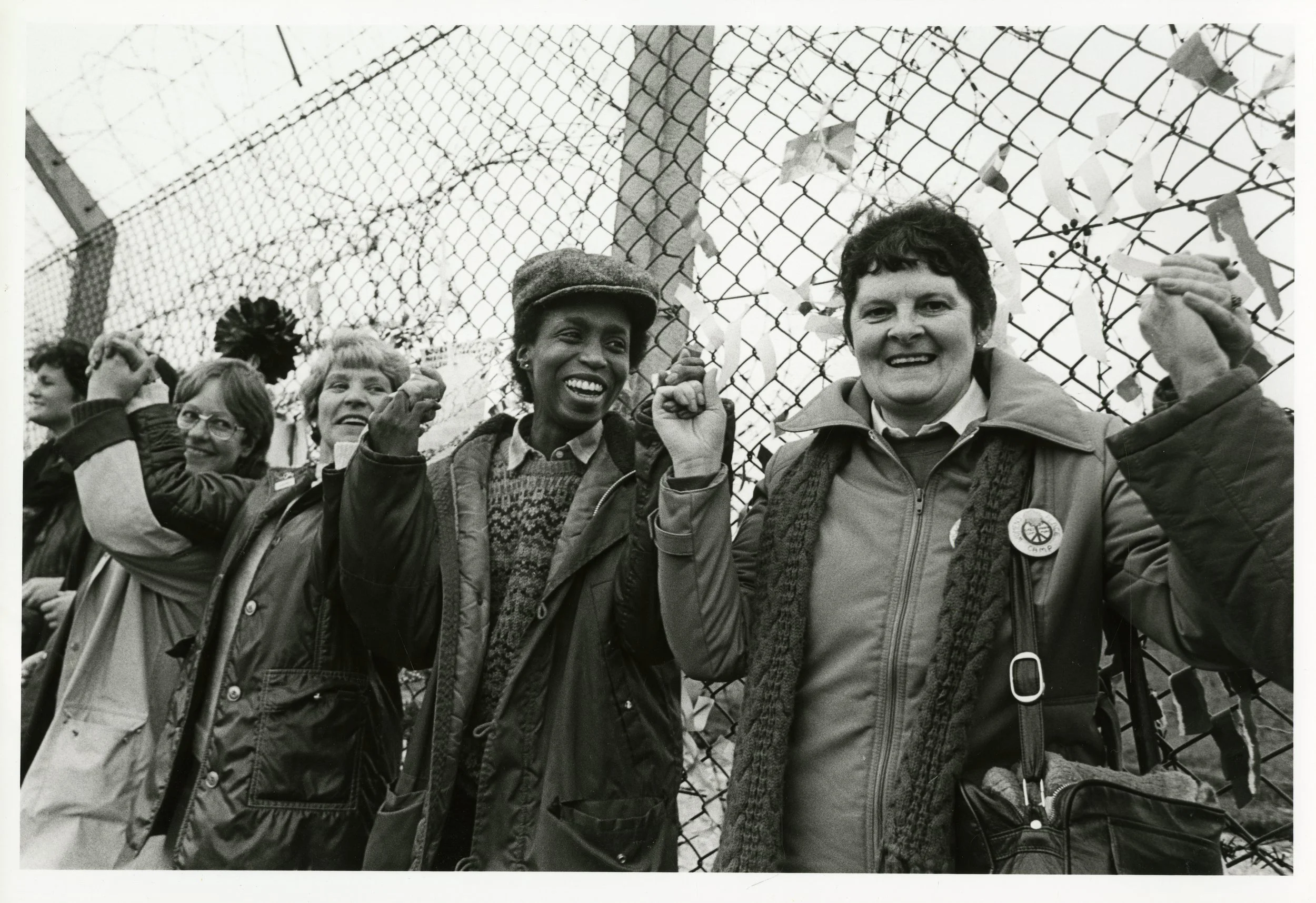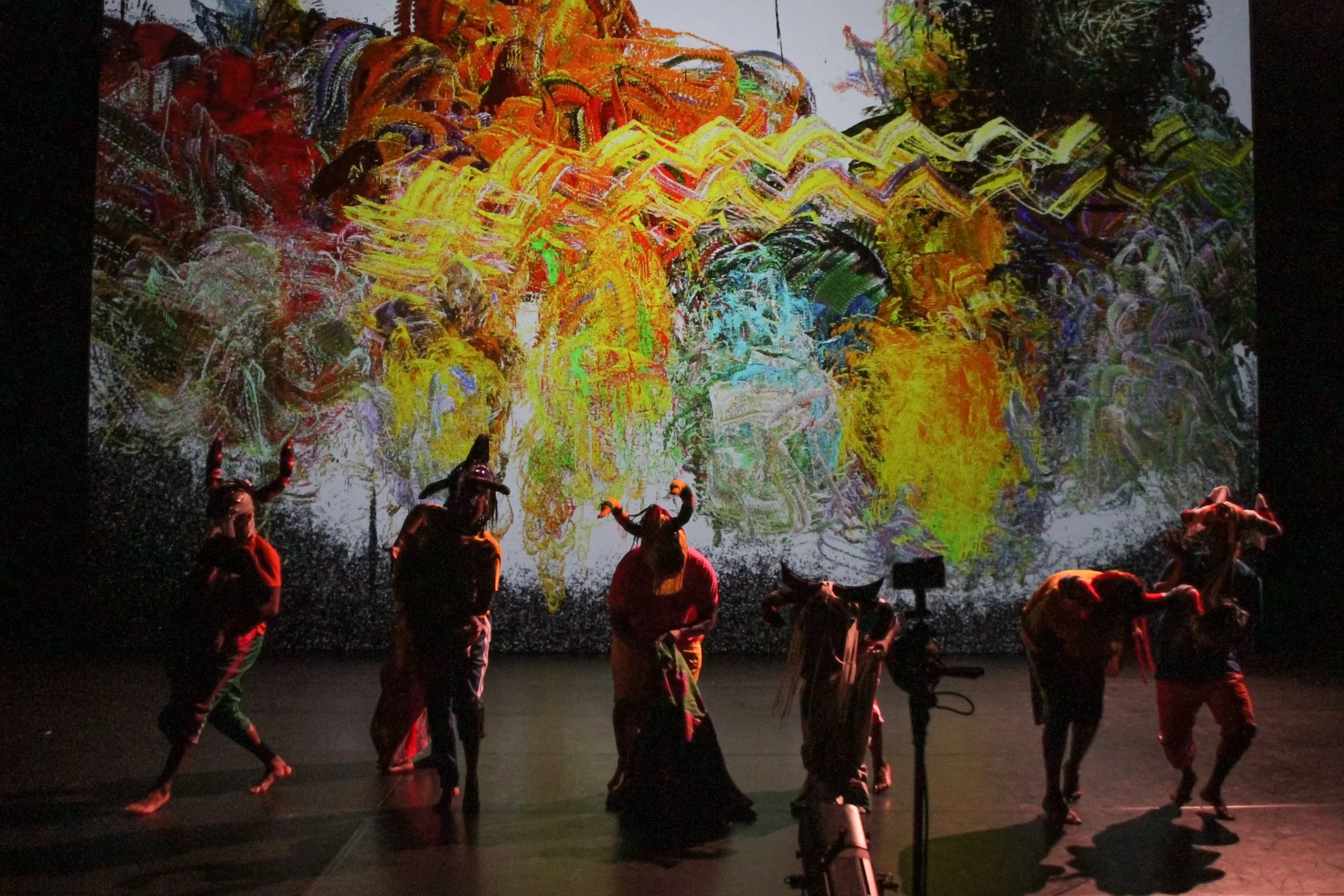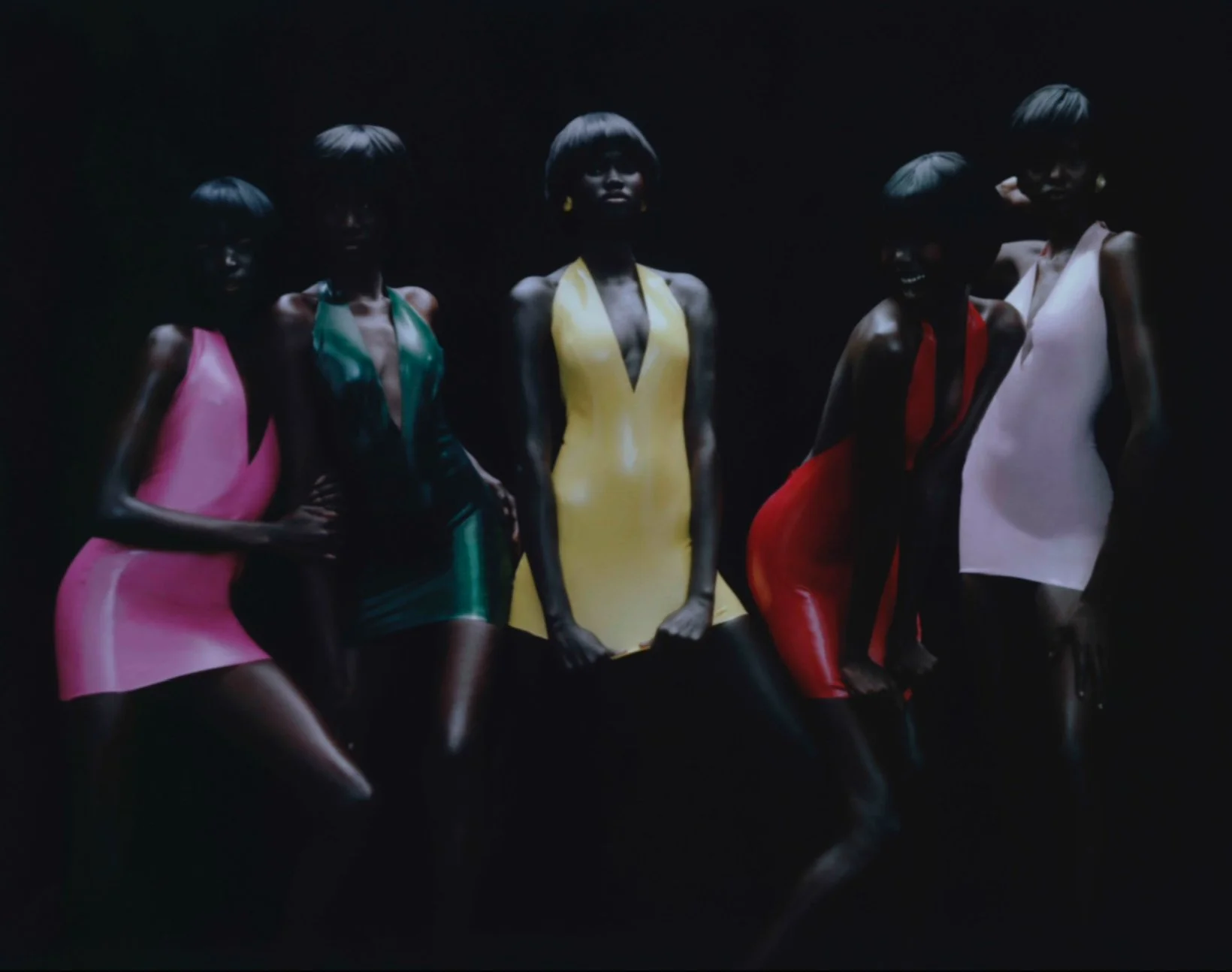Ahmed Mater: Chronicles at Christie's London review
Christie’s has a wonderful summer treat for us all with their exhibition for the summer featuring Ahmed Mater, a leading Saudi Contemporary Artist. This exhibition, to date, is the most comprehensive dedicated to Ahmed Mater. I have become acutely aware my knowledge of artists from Asia and the Middle East is greatly lacking and I found this free exhibition to be a wonderful introduction which I am sure will propel me to seek out more work of artists from these regions.
Boundary (2024) is designed to resemble a mihrab, an essential feature in any mosque that indicates the direction of Mecca. At the same time, it mimics an airport security scanner, inviting visitors to walk through it. Chronicles by Ahmed Mater at Christie's London. Photo by Natascha Milsom.
The exhibition beautifully demonstrates his journey and the influences on his art. showing his major milestones. His work is layered with reference to his life in the hospital, in the mosque and his experiences of his Saudi culture over the years and the pivotal events that have shaped the region particularly since 1979, the year of his birth. From the Iranian revolution and the siege of Mecca to the Soviet invasion of Afghanistan and conflicts in the Gulf, Mater has been an observer and chronicler of the fast-shifting sands of his homeland. His artistic response to these transformations has resulted in a powerful body of work that reflects on his political awareness and critical perspective on conflicts. The variety of mediums and styles he uses are fascinating. Featuring more that 100 works through painting, photography, sculpture, video and installations
Ahmed Mater Chronicles at Christie's London.
The works presented begin with Mater’s early experiments during medical school to his latest works. At the same time as attending medical school Mater was enrolled at the Al-Meftaha Arts Village, an arts community founded by HRH Prince Khalid Al Faisal in the 1980s, a haven for artistic immersion and where he could learn from other pioneering regional artists. His most significant relationship is with artist Abdulhalim Radwi, who became his mentor.
In 2002 Ahmed Mater and his peers formed the art collective Shatta (meaning “the broken and disembodied”) which aimed to deconstruct traditional Saudi art practices. The group also met the British artist Stephen Stapleton during this time and formed a friendship that led to the founding of an independent arts initiative Edge of Arabia dedicated to Saudi Contemporary art.
The events of 9/11 profoundly impacted his mixed media collages and by incorporate anatomical studies he adopts a systematic approach to the exploration of the human body which stems from his medical school training. By using x-rays from the hospital in his work it laid the foundation for part of his future Illuminations series expressing the physical and psychological tensions he experienced during that time. Also during his work with Doctors Without Borders at the Saudi-Yemeni border he became fascinated by the Yemeni soldiers’ talismanic scrolls and rings and incorporated these into the series on canvases prepared using gold leaf, tea, pomegranate, coffee and other materials traditionally used on the pages of Islamic manuscripts.
By 2003 Genetically Modified emotions (renamed X-ray 2003) is acquired by The British Museum and is exhibited for the first time at the World into Art exhibition curated by Dr Venetia Porter. Mater travelled to London for the first time for the show’s opening. Through the years his art continues to draw more and more attention as he exhibits in various countries and Biennales around the world.
In October 2010 he held his first solo show and launched his first publication at the Vinyl Factory in Soho, London. The Vinyl Factory has a wonderful knack of collaborating with artists and currently have an extensive exhibition at 180 Studios.
Desert of Pharan which began in 2012 is a series of photographs which documents the changes reconfiguring the city of Mecca. Chronicles by Ahmed Mater at Christie's London. Photo by Natascha Milsom.
Standout exhibition hightlights are below:
Evolution of Man, has become internationally recognised as an iconic work of contemporary Saudi art bringing light to the rapid evolution of Saudi Arabia since its discovery of oil in 1938, which transformed the Kingdom’s economic, political, social, and religious landscape. The 5 transforming images feel as though we are looking at them on an x-ray light box as they morph from a gas pump into a man with a gun to his head reflecting the foreboding prognosis for the future with risks to the environment and the country’s social fabric examined on a light box
Boundary (2024) is designed to resemble a mihrab, an essential feature in any mosque that indicates the direction of Mecca. At the same time, it mimics an airport security scanner, inviting visitors to walk through it. This artwork comments on the heightened security measures that have emerged in the wake of 9/11, reflecting on the surveillance and security operations that have become a routine aspect of daily life for Muslims.
The work Lightening Land is the cover work representing this exhibition and is cleverly mounted on the steps of Christie’s after you enter. The print shows an enormous lightning bolt hitting the desert landscape with an oil field on the left and a Bedouin tent to the right highlighting the tensions of land caught between past and future, tradition and innovation, heritage, and globalisation.
Highlighting spiritual forces Magnetism Book (2024) is a new work from the artist’s mesmerising ‘Magnetism’ series and is revealed for the first time drawing inspiration from the Holy Qur’an and religious texts. Mater uses magnets and iron filings to highlight the spiritual forces that uphold human faith. Variations of the original Magnetism installation are shown in the room making for a very striking display.
Magnetism Book (2024) is a new work from Ahmed Mater’s mesmerising ‘Magnetism’ series on display in his exhibition Chronicles at Christie's London. Photo by Natascha Milsom.
For those interested in architecture and engineering there is a group of fascinating sculptures related to his land art project of ‘Ashab al-Lal’ (mirage), a site-specific commission for Wadi al-Fann, Valley of the Arts, a new cultural destination being developed by the Royal commission for AlUla.
Lastly his project Desert of Pharan which began in 2012 is a series of photographs which documents the changes reconfiguring the city of Mecca, the location of annual Islamic pilgrimage, as it undergoes mass expansion. This project spans several years which includes a book launch and in 2019 he had the rare opportunity to document Mecca during COVID-19 when it is completely empty.
We highly recommend a visit to Christie’s this summer to experience this unique exhibition.
Click here for a visual preview.
Date: 17 July - 22 August 2024. Location: Christie’s London, 8 King St., St. James’s, London, SW1Y 6QT. Price: Free.
Words by Natascha Milsom







































The Cinnamon Club had completely flown under the radar for me. It is in a pocket of London I rarely visit, and even if I did, the building’s exterior gives little indication of what’s inside. But now that I’ve discovered it, I already have plans to return with my husband - and in my mind, a list of friends I would recommend it to…